Navi Nano has left no scientific ground. The agricultural sciences are no exception. nanoparticles in agriculture is meaning the ability to gain control of matter on a nanomaterial (molecular) scale and to exploit the properties and phenomena of this dimension in materials, tools and systems of the hivine. Nanotechnology, with its interdisciplinary nature, will include all modern technologies in the future, and instead of competing with existing technologies, it will take the path of their growth and integrate them into one word of science. Below we explain more about nano biofertilizers and nano herbicides.
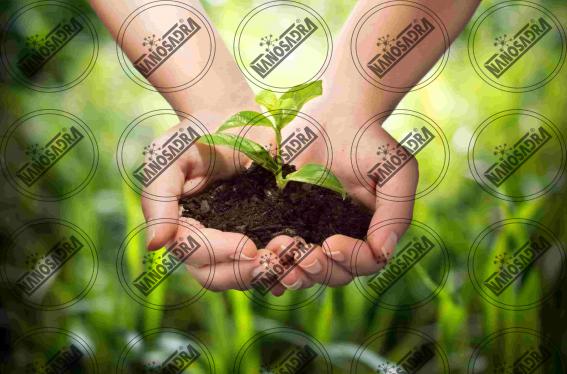
What is nanotechnology in agriculture?
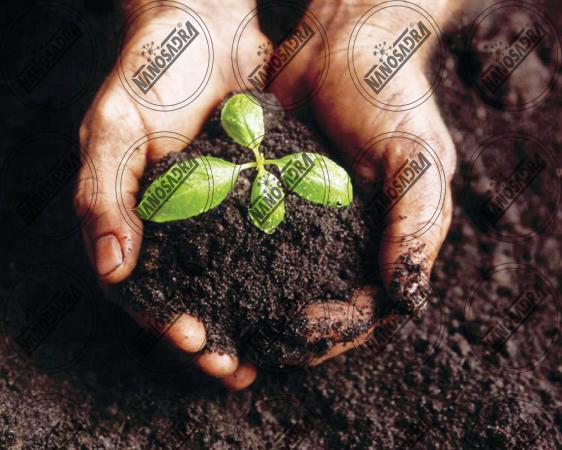 In this paragraph we are going to talk about nano fertilizers in agriculture. The results of research on the impact of nanotechnology on the agricultural industry show that this technology can help to cope with the growing global population and the increasing need for food as well as sustainability of agricultural products by improving the agricultural production process. Reducing the impact of modern agriculture on the environment and human health and global food security are other advantages of using nanotechnology in the agricultural industry. The agricultural industry has created a huge market for future nanotechnology applications. In fact, nanotechnology has left no scientific ground. The agricultural sciences are no exception. There have been numerous applications of nanotechnology in agriculture to date, some of which are:
In this paragraph we are going to talk about nano fertilizers in agriculture. The results of research on the impact of nanotechnology on the agricultural industry show that this technology can help to cope with the growing global population and the increasing need for food as well as sustainability of agricultural products by improving the agricultural production process. Reducing the impact of modern agriculture on the environment and human health and global food security are other advantages of using nanotechnology in the agricultural industry. The agricultural industry has created a huge market for future nanotechnology applications. In fact, nanotechnology has left no scientific ground. The agricultural sciences are no exception. There have been numerous applications of nanotechnology in agriculture to date, some of which are:
- Alterant industries
- Agricultural Engineering
- Agriculture and Horticulture
- Herbal medicine industry
- Fisheries, livestock and poultry
Precision farming, which has always been a long-standing dream, helps to achieve the highest output (crop yield) with the lowest inputs (fertilizers, pesticides and herbicides). This goal can be achieved by examining environmental variables and targeted functions. Precision farming Using computers, global satellite tracking systems and remote sensing devices, we can make the right decision about the quality of crop growth, the precise nature of the area and its problems. Small sensors and monitoring and control systems, developed with the help of nanotechnology, can have a significant impact on this new way of farming.
Different nanotechnology products that we can use in farms
The following can be mentioned about the use of nano products in the agricultural industry:
- Nanocarriers
- Nanocodes
- Nanosensors
- Animal and Poultry Health
- Targeted Drug Release Systems
- Zeolites to store water and nutrients in soil
- Nano air purification to extend the life of vegetables and fruits
- Using nanotechnology to recycle agricultural waste
- Application of Nanobiotechnology in Agriculture
- Application of nanotechnology in chassis and body of agricultural machinery
- Use of nanotechnology in tractor and combine tire
For example, in the case of nano-fertilizers, one of the ways to supply soil nutrients is to use appropriate fertilizers. Consumption of fertilizers, in addition to increasing production, should also improve the quality of agricultural products. Another point is the lack of environmental pollution by fertilizer, because otherwise human health, animals and plants will be endangered. Nanotechnology by modifying and influencing the formulation of fertilizers and producing materials with appropriate and unique characteristics (chemical nanocoding, organic nanocoding and biological nanocoding) can play an important role in this field and the application of this technology in fertilizer production, increasing the quantity And the quality of agricultural products is reduced and the environmental degradation process is reduced.
Metal based nanoparticles in agricultural system
 With the fast-developing nanotechnology, metal based nanoparticles (NPs) production and application are increased significantly. These metal based NPs can enter agricultural land through both direct and indirect pathways.
With the fast-developing nanotechnology, metal based nanoparticles (NPs) production and application are increased significantly. These metal based NPs can enter agricultural land through both direct and indirect pathways.
This review presents an overview of the fate and transport of metal based NPs and their interactions with plants in agricultural ecosystem system. The physical chemical properties of both metal based NPs (e.g. size, surface charge, surface coating) and soil matrix (e.g. pH, ionic strength, mineral composition, dissolved organic matter) all play important roles in determining the mobility, transformation and potential risks of metal based NPs in plant and soil system. NPs can be accumulated to plant roots and translocated to other parts of the plants. The properties of both plant and metal based NPs are playing critical roles to this process. Systematic research of metal based NPs in environmentally relevant concentrations and conditions is needed for the future study.

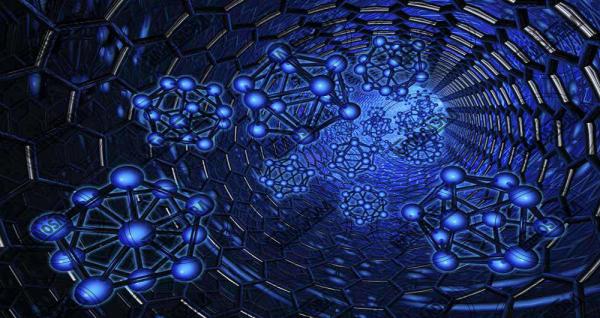

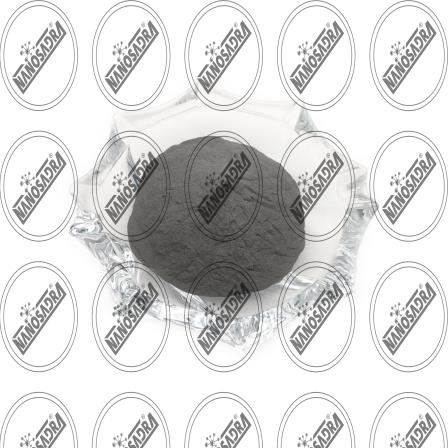
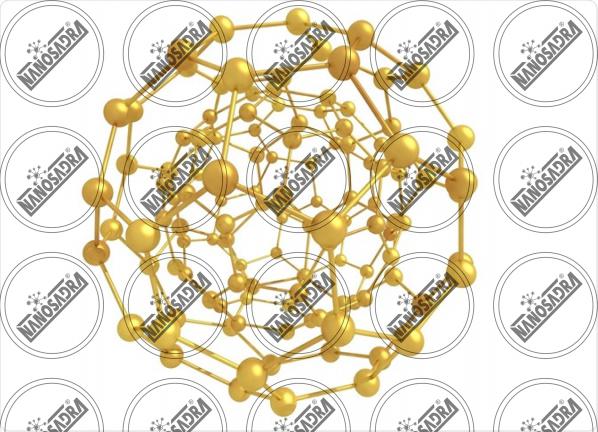

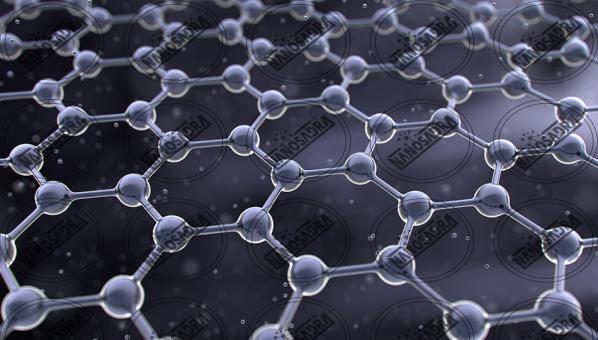
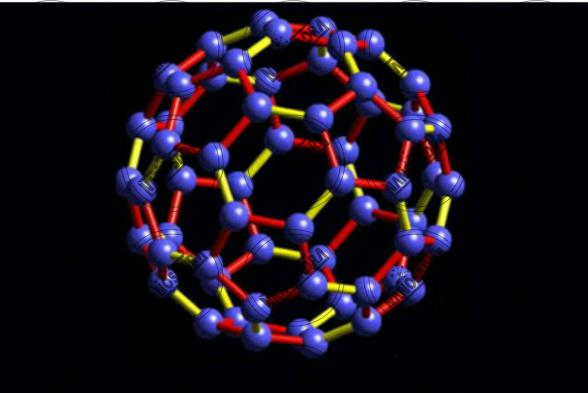
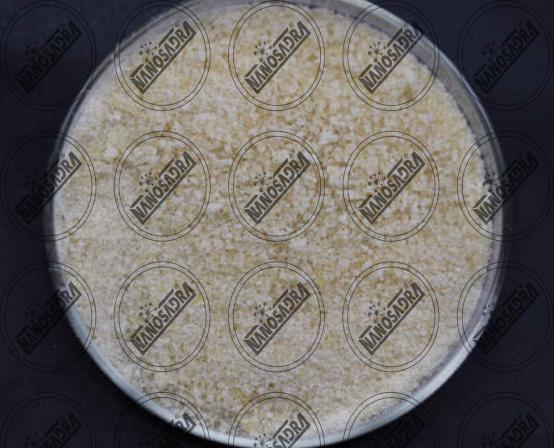
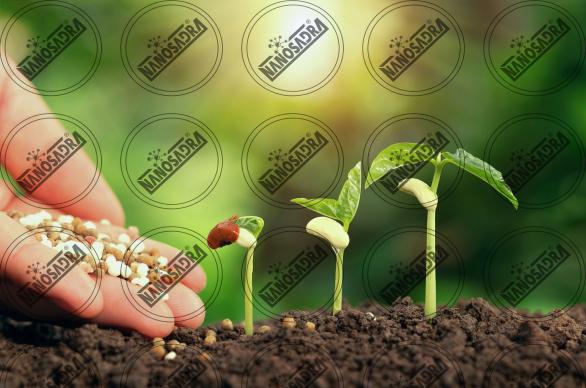
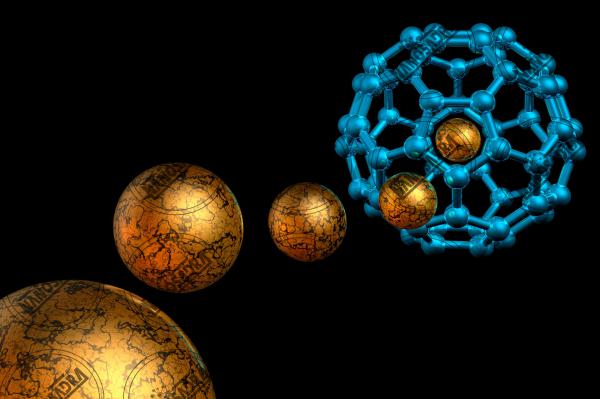
Your comment submitted.